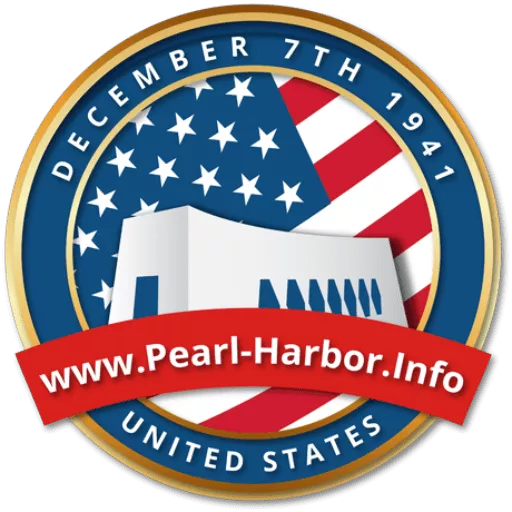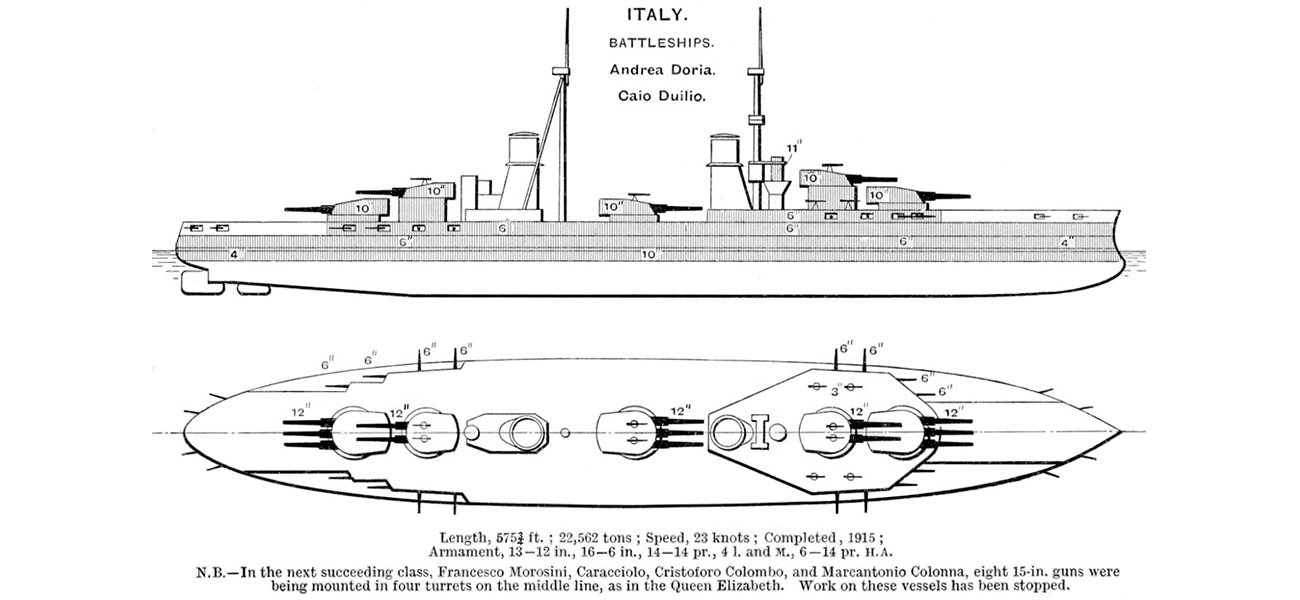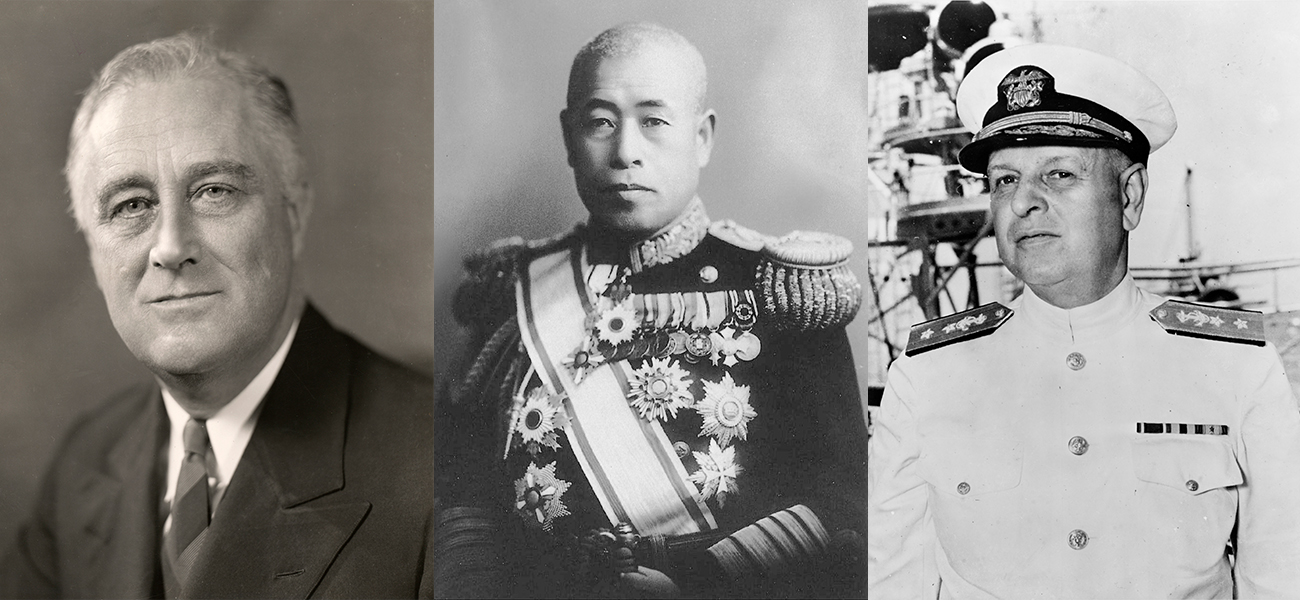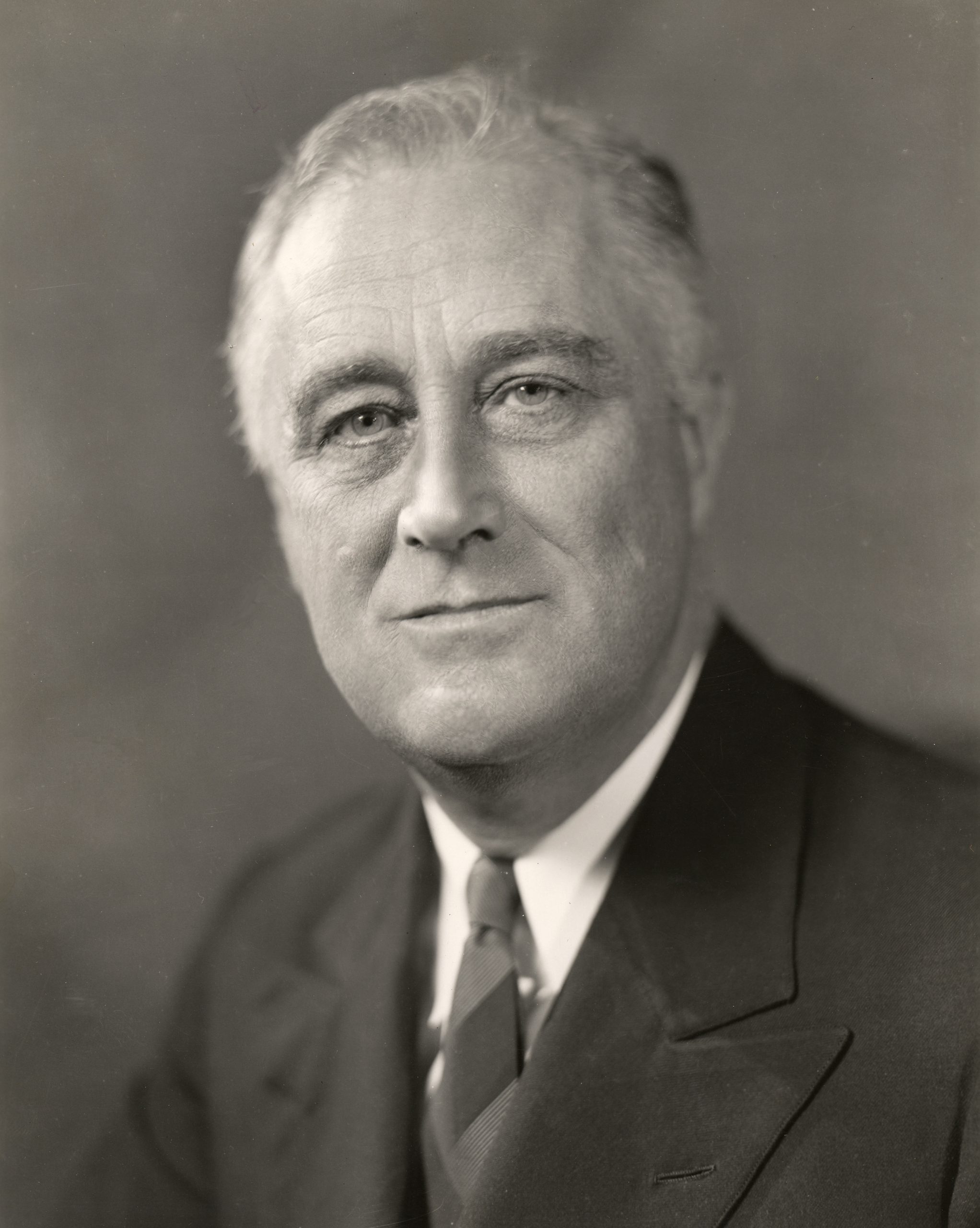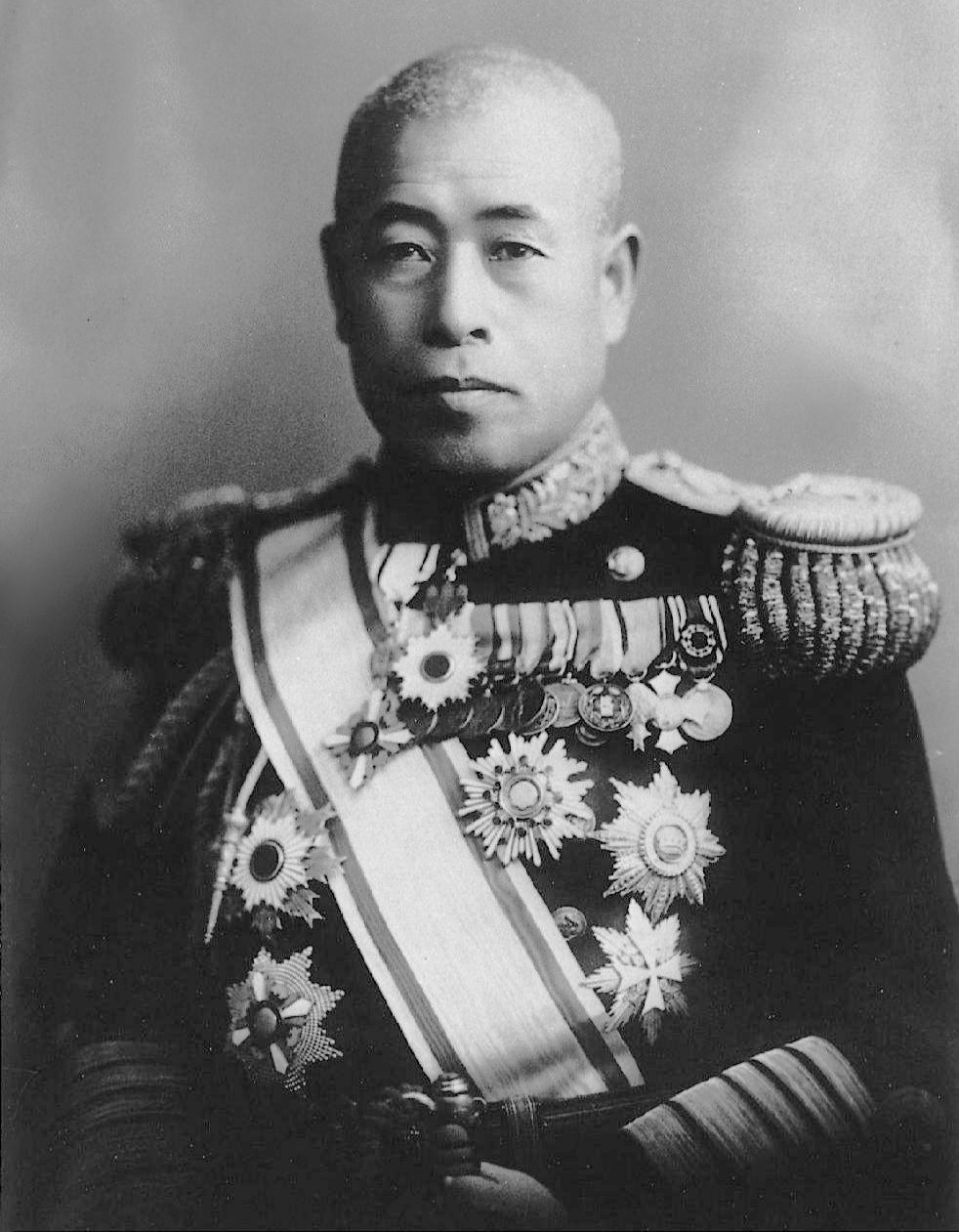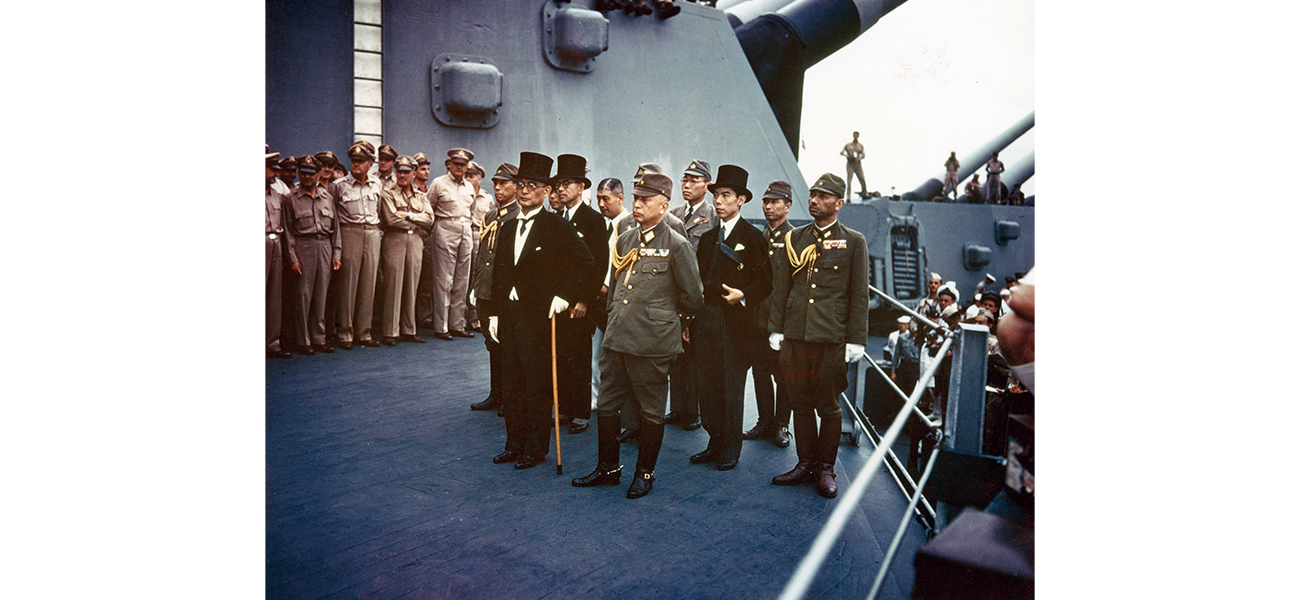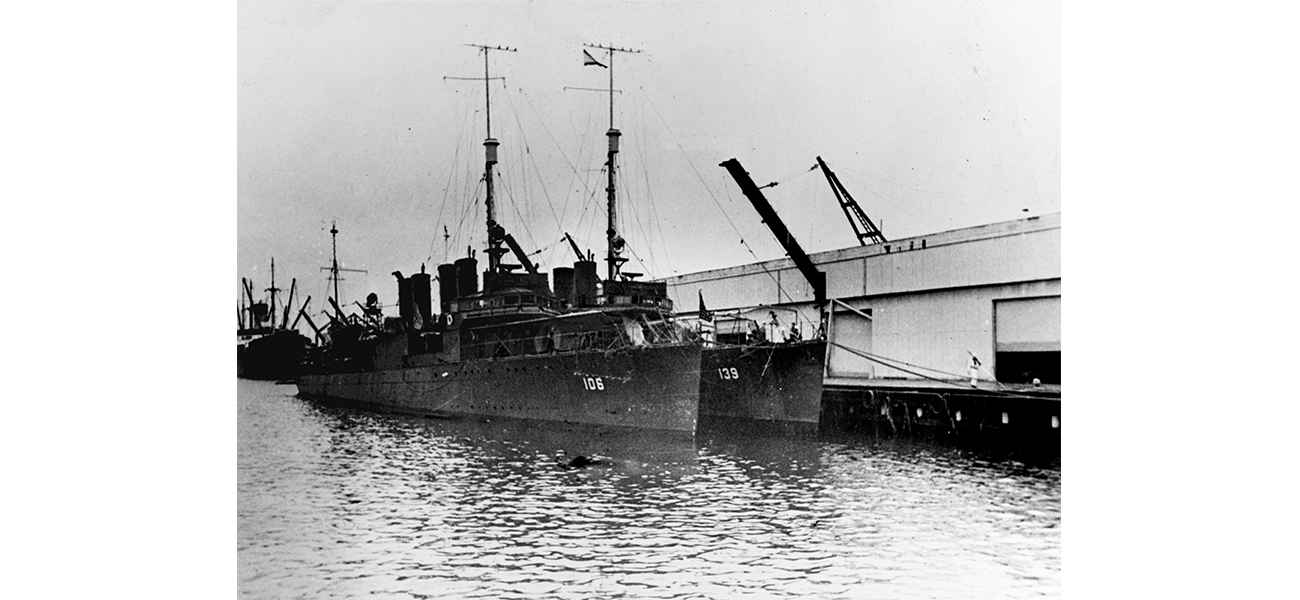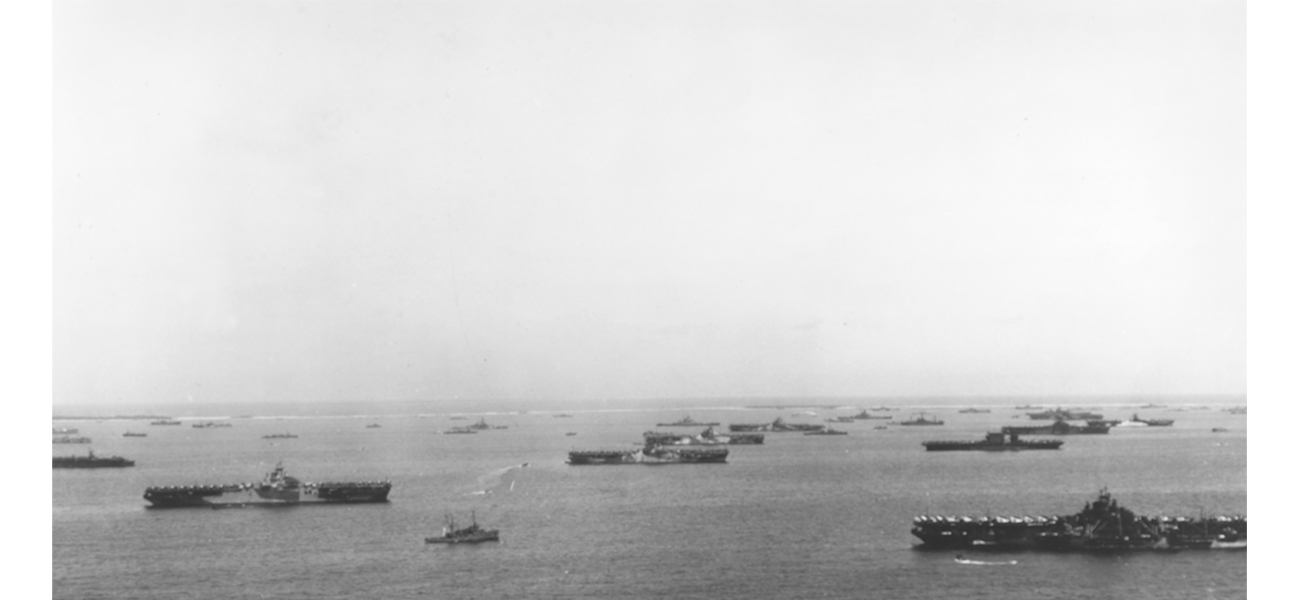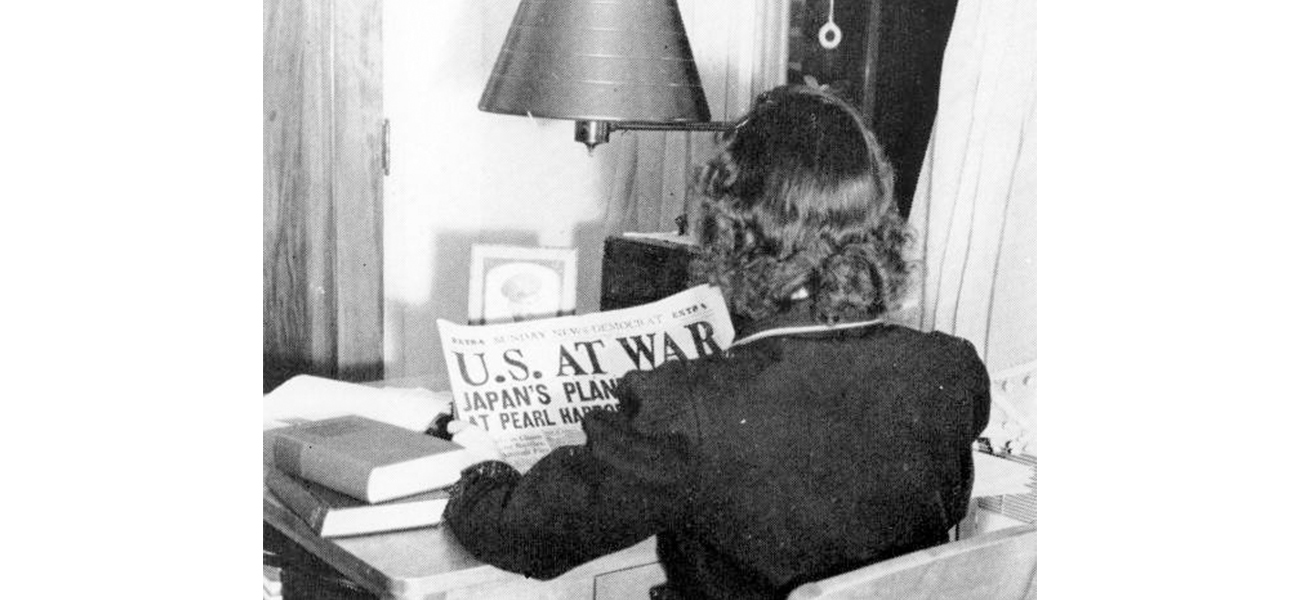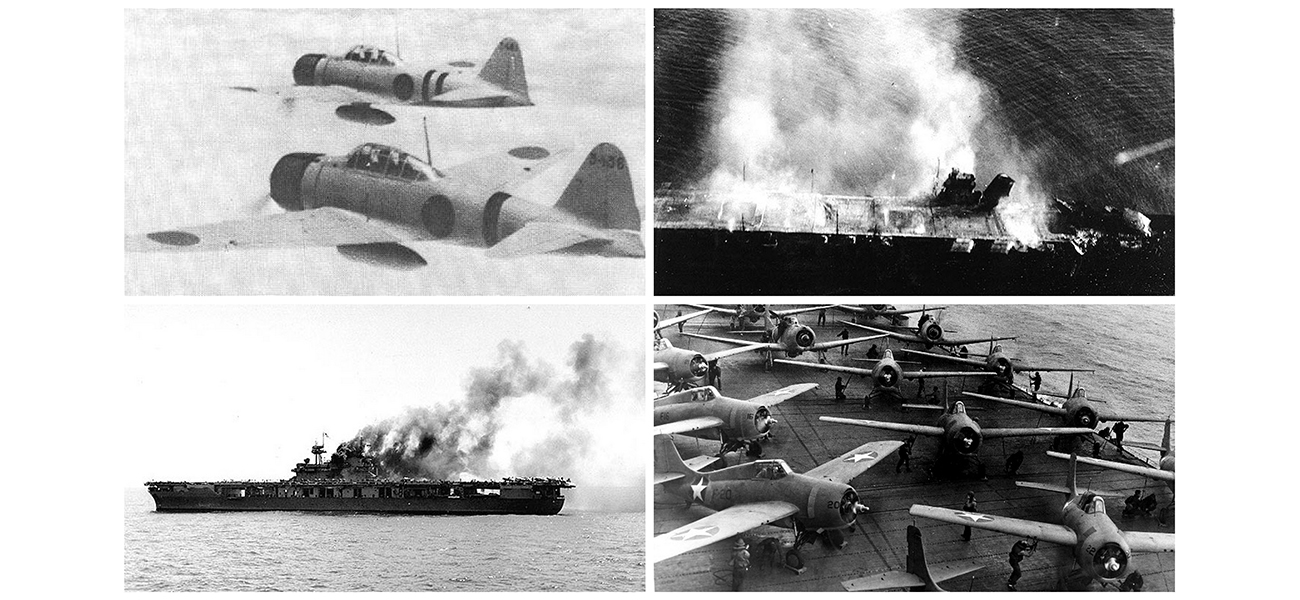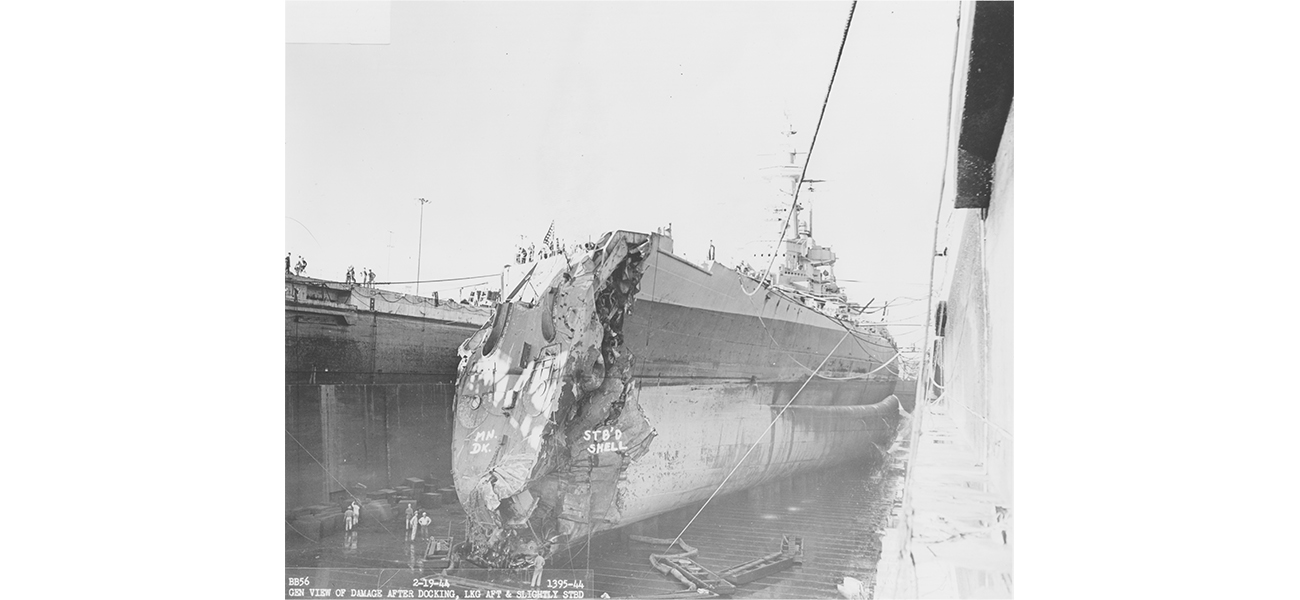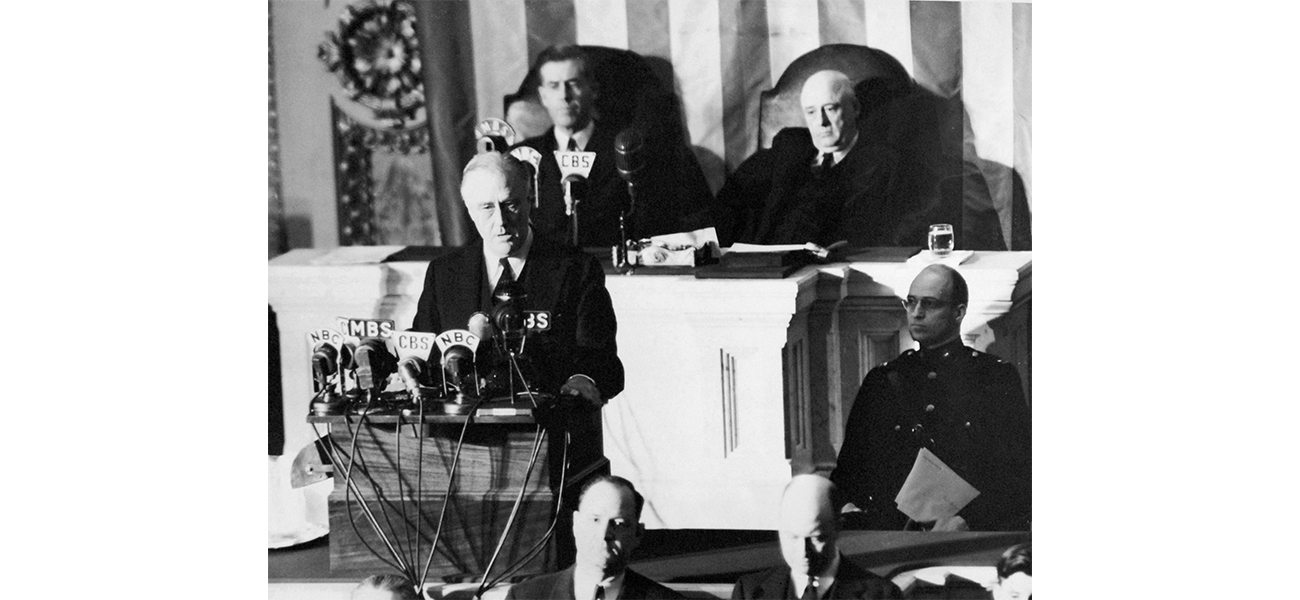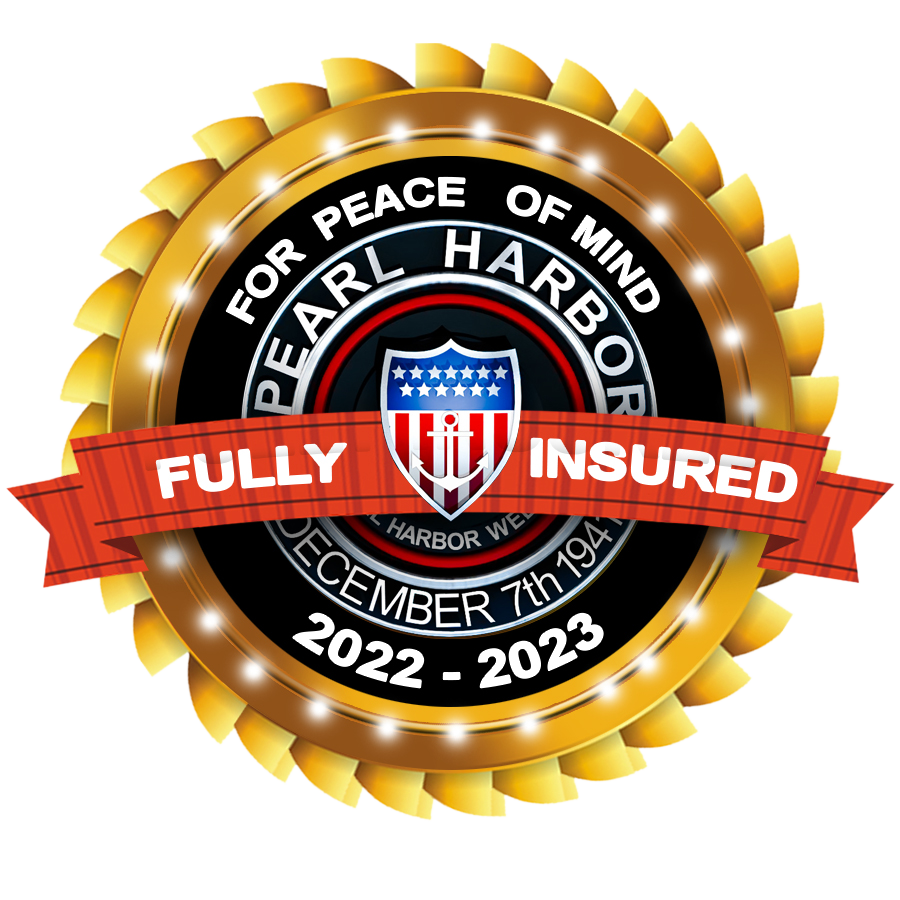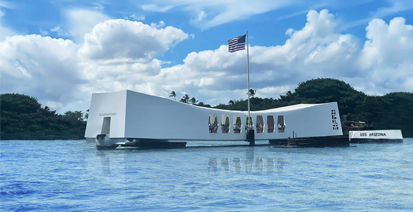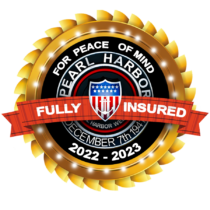Learning Pearl Harbor: What Is a Battleship?
When we think of Pearl Harbor history, the images of massive, armored ships often come to mind. These vessels, known as battleships, played a pivotal role in naval history and the infamous Attack on Pearl Harbor on December 7, 1941. Understanding what a battleship is and its significance helps us grasp the monumental impact of that day and the evolution of naval warfare.
The story of battleships begins long before Pearl Harbor. Early naval warfare saw the use of wooden sailing ships armed with cannons. Over centuries, these vessels evolved into powerful, steel-clad behemoths. The late 19th and early 20th centuries marked significant advancements in battleship design, with the introduction of steam power and heavy artillery, culminating in the era of the dreadnoughts.
Battleships are characterized by their immense size and formidable firepower. Typically, these ships are heavily armored to withstand enemy fire, and equipped with large-caliber guns capable of devastating targets from great distances. Despite their bulk, battleships were designed for speed and maneuverability, allowing them to engage and disengage in combat effectively.
Types of Battleships
Pre-dreadnought Battleships
Before the advent of the dreadnought, battleships were built with a mixed armament of large and small guns. These pre-dreadnought battleships were the backbone of naval fleets in the late 19th century.
Dreadnought Battleships
The launch of HMS Dreadnought in 1906 revolutionized naval warfare history. It featured uniform, large-caliber guns, and steam turbine engines, setting the standard for future battleships.
Super-dreadnought Battleships
As technology advanced, so did battleship designs. Super-dreadnoughts were larger, more heavily armed, and better armored than their predecessors, dominating the seas during World War I and beyond.
Significant Battleships in History
HMS Dreadnought
The HMS Dreadnought was a game-changer in naval architecture, rendering all previous battleships obsolete and sparking a global naval arms race.
USS Missouri
The USS Missouri, also known as “Mighty Mo,” is famous for being the site of Japan’s surrender in World War II, marking the end of the conflict and illustrating battleship significance in WWII naval battles.
Yamato
Japan’s Yamato was one of the largest battleships ever built, featuring unparalleled firepower and armor, though it met its end in the closing days of World War II.
Role of Battleships in World War II
Battleships were vital during World War II, serving as both offensive and defensive powerhouses. They participated in major naval engagements, supported amphibious assaults, and provided anti-aircraft defense. Their presence was a significant strategic advantage in WWII naval strategy.
When Japanese troops attacked Pearl Harbor on December 7, 1941, the United States entered World War II. Among the primary targets were the battleships docked at the harbor, which played crucial roles in the composition of the naval fleet.
The surprise attack aimed to cripple the US Pacific Fleet, with a particular focus on the battleships moored at Battleship Row.
Many of the battleships were sunk or heavily damaged. The USS Arizona remains a memorial today, while others, like the USS West Virginia, were repaired and returned to service. These ships are now part of the broader story of Pearl Harbor ships and their resilience.
Battleship Technology
Battleships were fortified with thick armor plates designed to withstand direct hits from enemy shells and torpedoes, a critical aspect of battleship construction. Advanced fire control systems allowed battleships to accurately target and engage enemy ships from long distances, showcasing the sophistication of battleship technology. Steam turbines and later advancements in propulsion technology provided the speed and endurance necessary for extended naval operations, a key feature in battleship design.
Battleships played a crucial role in shaping naval history, from their origins to their prominence during World War II. The attack on Pearl Harbor underscores their significance and the dramatic shifts in naval warfare that followed. Though the era of battleships has passed, their legacy continues to influence modern naval operations and historical memory, marking an important chapter in Pearl Harbor’s military history.
